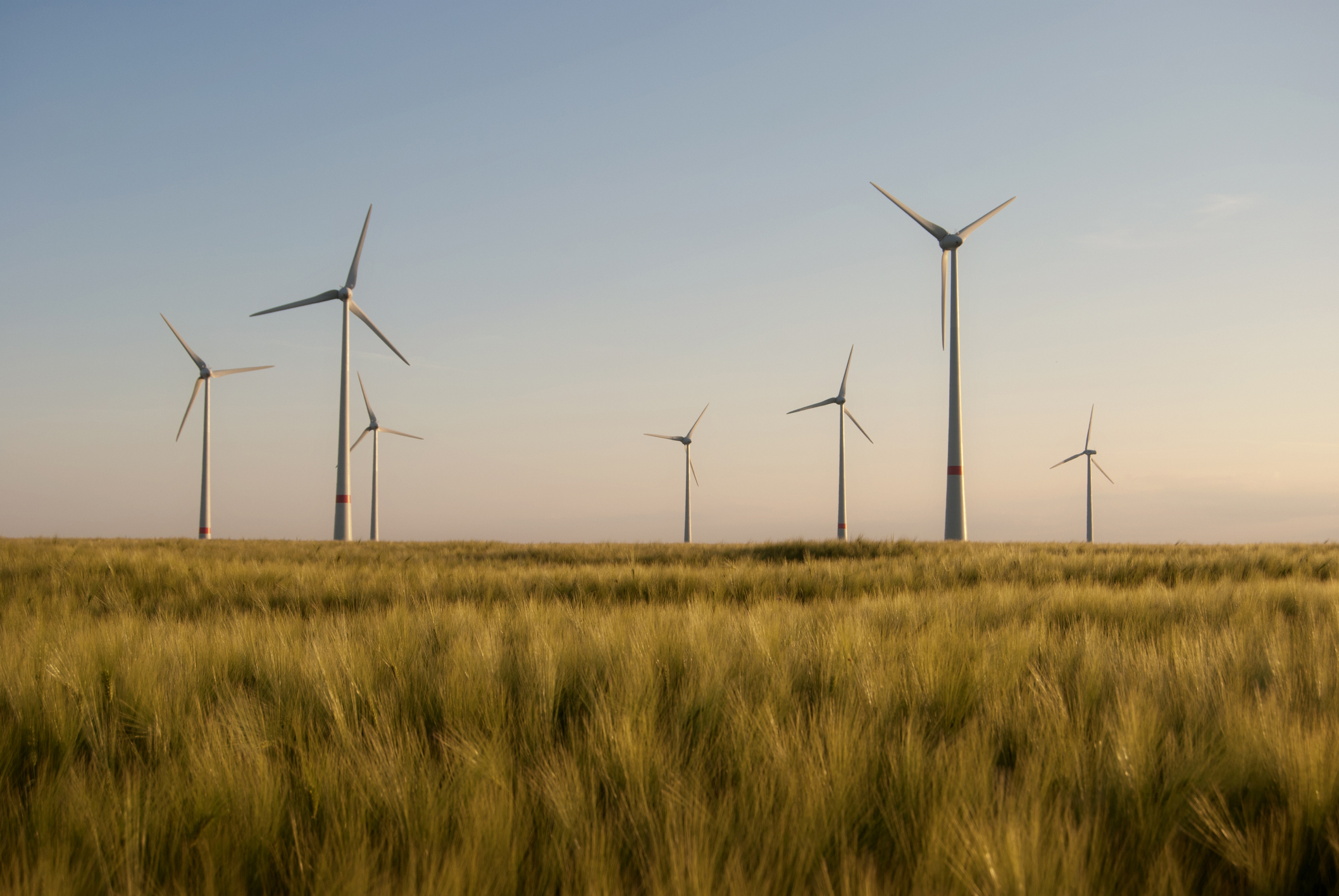Community engagement is key to the success of onshore wind developments
“That will be 10% off the value of my house” was the response from a resident when asked about plans for a new wind farm. Over a decade later, the resident boasts of views to Arran from one window and Whitelee Wind Farm from the other and how the £800K per year community benefit fund is transforming Galston, Newmilns, and Darvel, creating jobs for his family and others.
Community ownership of wind farms in the UK is gaining momentum, driven by efforts to increase local involvement, foster economic benefits within communities, and meet renewable energy targets.
The Scottish Government set a target of 2GW of renewable energy to be community or locally-owned by 2030. Progress is currently less than 50% and it’s fair to say that transformative change is needed to reach the target on time.
The Onshore Wind Sector deal sets out the Scottish Government’s and onshore wind industry’s commitment to generate 20GW of onshore wind by 2030 whilst delivering maximum benefits for Scotland.
The deal covers six themes: supply chain, skills and the circular economy, land use and environment, planning, regulatory and legislative, technical, and community.
This includes a requirement for developers to engage with communities, “at the earliest possible opportunity” to develop and agree on plans to share the economic returns.

The success of Beinn Ghrideag Community Wind Farm, the UK’s largest fully community-owned wind farm, is unlikely to be replicated. The lack of subsidy support in the form of Feed in Tariffs or Renewable Obligations Certificates, means onshore wind farms are becoming larger to achieve the economies of scale needed to be financially sustainable. And with larger projects come additional complexities with obtaining planning consent and grid offers.
Community shared ownership is an attractive alternative to communities developing projects and is additional to any community benefit fund. It enables communities to develop a sustainable income, which they control, creates strong partnerships, and builds resilience in the local area.
Crossdykes Wind Farm, a recent project we advised on, demonstrates successful community shared ownership in a subsidy-free wind farm. The community acquired a 5% shareholding with part of the community benefit fund being used as security. The shareholding was below the 10% suggested by the Scottish Government’s Good Practice Guide but 5% was appropriate based on investment.
Under the Onshore Wind Sector Deal, developers must give serious consideration to community-shared ownership. Engaging with the local community can unlock multiple benefits and foster a more positive and sustainable project development process.
Meaningful engagement provides developers with the social licence to operate, helping build reputation, minimising risk, and contributing to the long-term success of the project.
Having worked with several developers to support community engagement, we found this enhanced transparency, built trust, and ensured the financial aspects of the project were effectively communicated and understood by the community.
The opportunity for communities to partner with developers and invest in shared ownership could be transformational for towns and rural areas across Scotland. Challenges will persist, but the potential legacy for future generations is compelling for both communities and developers.
Get in touch
If you have any questions, or would like to know more, please contact Corporate Finance Director, Jamie Davidson.



